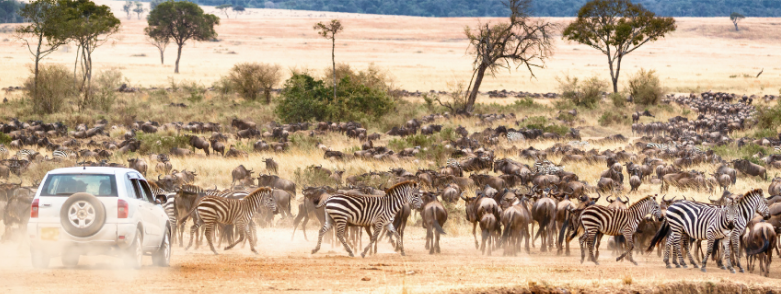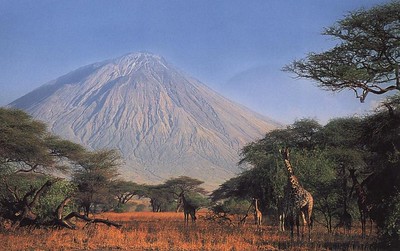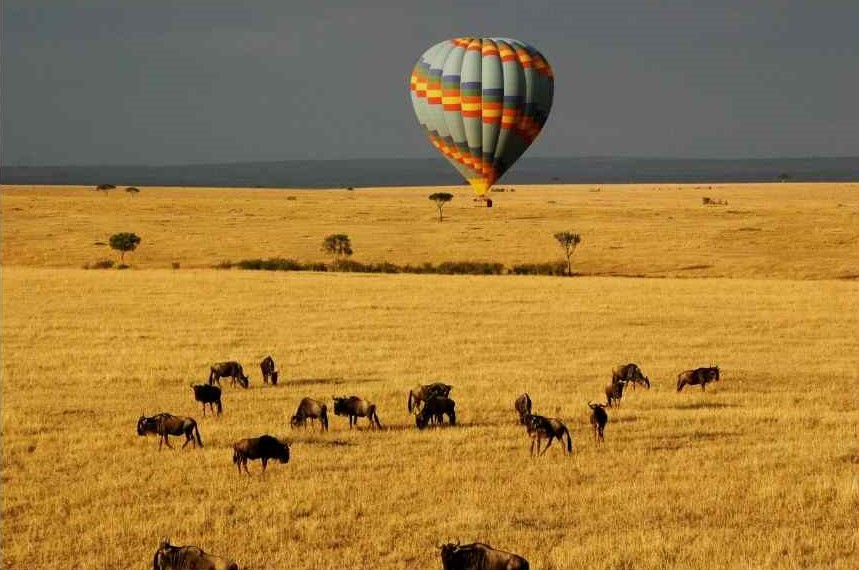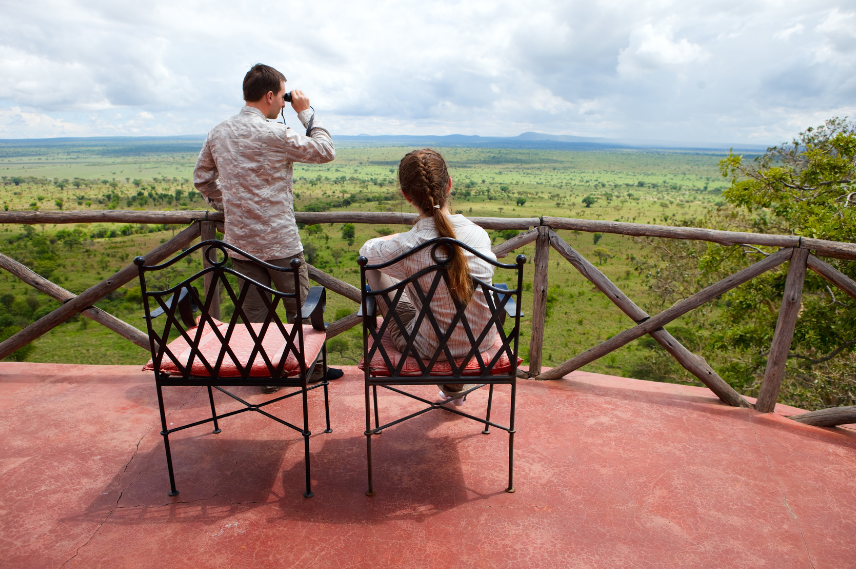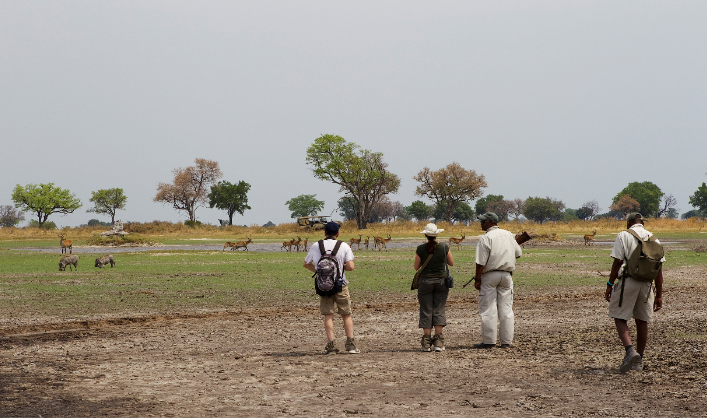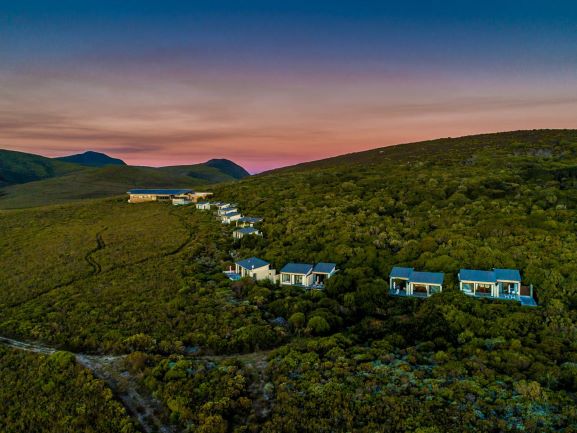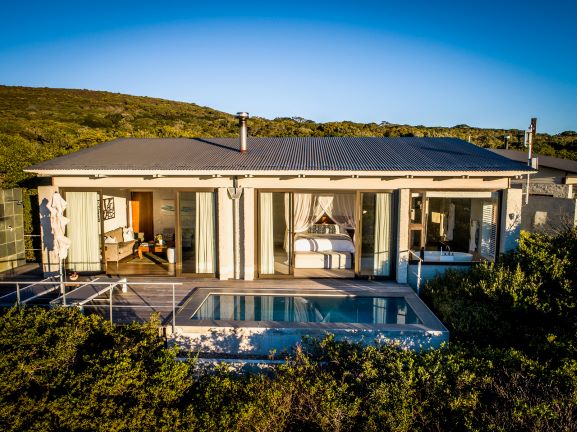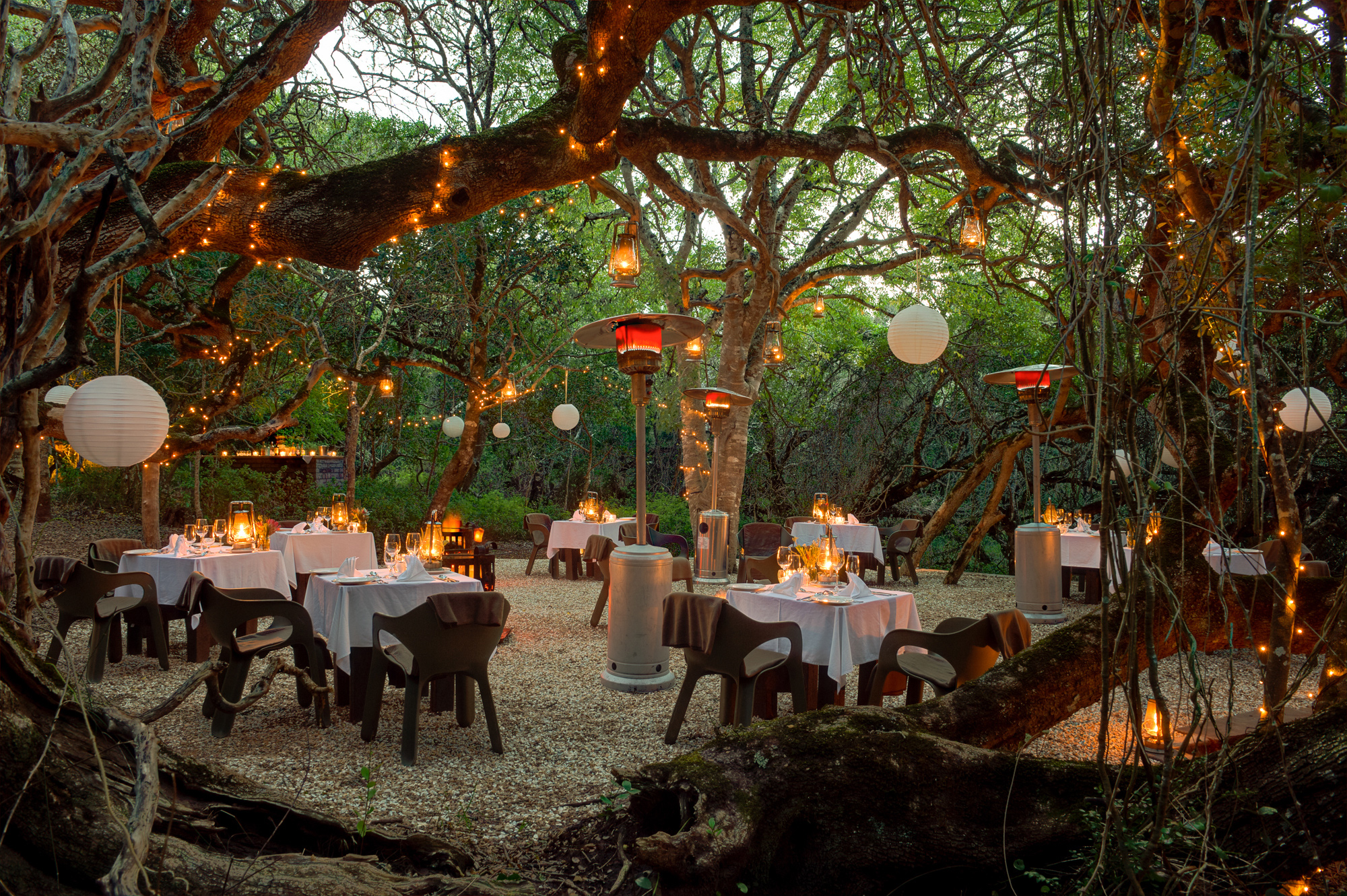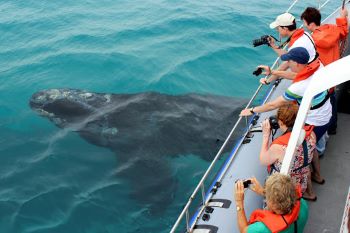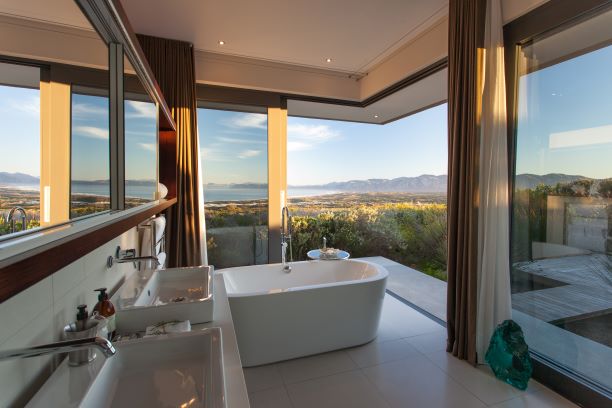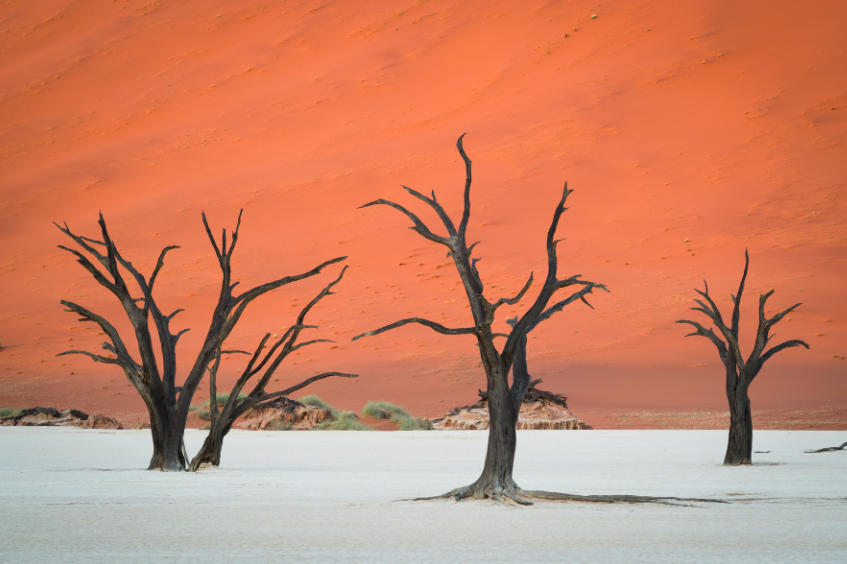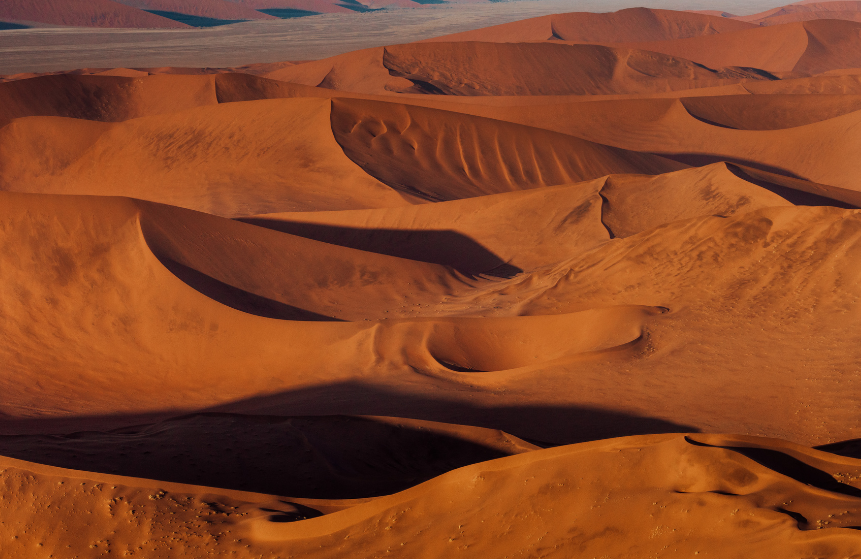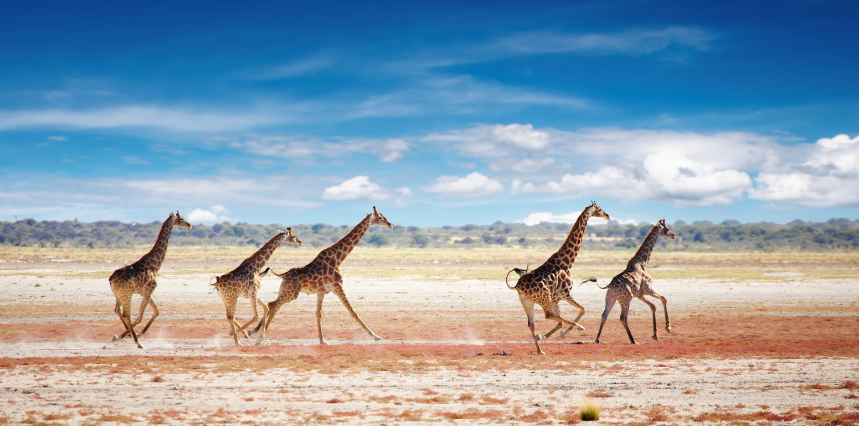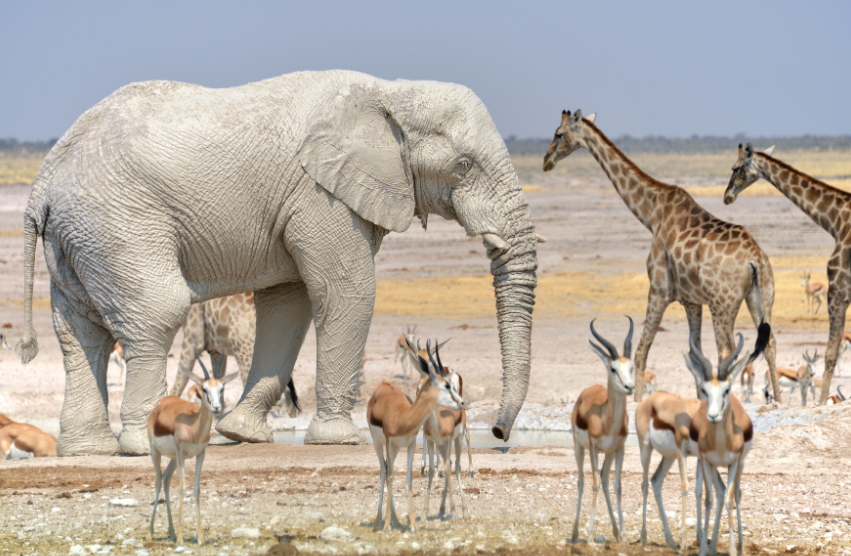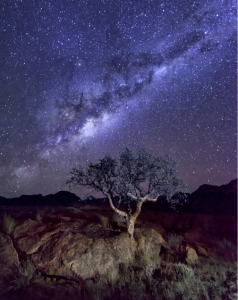Safari life is exciting, and every day brings the possibility of seeing African creatures up close in their natural inhabitant. The thrill of seeing animals in the wild is the main reason that draws travelers to the beautiful countries in Africa. But you might be wondering what a typical day on safari looks like.
Your experienced guides know how to read the movements of the bush and will plan safaris, so you have the best opportunities to see magnificent creatures in the wild. You can expect early morning wake-up calls, set meal times, and strict rules regarding safety.
Every day is different, and the season, weather, and other factors like migration and mating come into play when your guides are planning your days.
Following is a general timeline widely used by lodges and camps designed to maximize your time to enjoy the environment and see all the wildlife that lives there, from the bugs to the birds to the buffalo.
5 am – 6 am
Rise and shine! This vacation isn’t for travelers who love to sleep in and do brunch more often than breakfast. Many of the animals are active early in the morning and late afternoon when the temperatures are cooler. Splash some water on your face and grab a coffee and a roll or piece of fruit because the lions won’t wait for anyone. Note: Game drive times vary through the year and location with sunrise and sunset.
6 am – 9 am
It may be early, but as they say “the early bird gets the worm.” By air or by land, early morning is when you will find wildlife active. Trackers and guides will be looking for signs of wildlife. Some are obvious. Others are very subtle and easily missed by the untrained. While wild most animals are accustomed to seeing vehicles and know they pose no danger in normal circumstances, guides provide specific instructions to ensure the safety of their guests.
9 am – 10 am
You earned breakfast and it’s usually a feast of fruit, cereal, toast, and maybe bacon and eggs – with more coffee, of course. Depending on your location, you might be enjoying a bush breakfast or be dining at the lodge with birds singing in the background.
Heading to another lodge or camp? After breakfast, your bags will be loaded and off you go.
10 am – 12:30 pm
This is your free time to relax, reflect and enjoy the atmosphere of the camp or lodge. Your guide will tell you it’s against the rules to wander around the bush, so find a good book, do some writing, or settle in the shade for some bird watching. If your camp has a waterhole, you might want to lay low in a hide and wait for a visitor of the wild kind.
12:30 pm – 1:30 pm
Lunch is served. Meager morsels are not what you will find for lunch. It’s a full meal with a main dish, fresh salads, fruit, and desserts. As everyone gathers around to eat together, you are sure to make new friends with others from around the world as you share stories and hopes for the adventure ahead.
1:30 pm – 3:30 pm
It is time to have an afternoon nap during this hottest time of the day. The locals take a siesta and this includes all living creatures – travelers, trusty guides, and the wildlife. Or you might like to take a dip in the pool or just relax. Some camps and lodges may offer walks in or just outside the camp. Visits to local villages, schools, or markets may also be available. Staff will let you know about the options available each day.
Typically new guests arrive in time for the late afternoon game drive to maximize your game viewing while there.
3:30 pm – 4:00 pm
Afternoon tea or a mid-afternoon snack and beverage helps get you through the long day with scorching temperatures as you prepare for round two of viewing local game and wildlife.
4 pm – 7:30 pm
Get the binoculars ready again. Your guide will have a plan mapped out to look for a herd of animals or flock of birds, and usually, your group will settle in a picturesque spot to be as the sun slowly sets over a “sundowners,” frequently a gin and tonic or another beverage (alcoholic nor non-alcoholic) of your choosing. As the sun goes down on another glorious day, there is often significant animal movement and a great chance to see some game in action. It will get dark quickly and you may use floodlights to see wildlife as you make your way back to your camp or your lodge.
7:30 pm – 10:30 pm
You arrive back at your accommodation and have time to get ready for dinner. Chat with fellow guests and compare elephant photos around the campfire before the candlelit dinner is served in the dining area. This is the main meal of the day and a leisurely affair. The food is the level of fine dining with options that take into account dietary requirements.
10:30 pm to bedtime
Nightcaps around the campfire and colorful conversations under the starry African sky end the day perfectly. Tomorrow is another new adventure that could bring sightings of lions, hippos, hyenas, and wild dogs. Get some rest because the knock on your door will be coming very early!
Is the call of the wild temping you with a trip to Botswana, Kenya, or Uganda yet? There are so many wonderful locations to choose from. We will help you decide on the best safari. It should be noted the main difference between safaris in East and Southern Africa is how near to the animals you can get. For example, in Kruger, Botswana, and Zimbabwe, off-road game viewing is permitted, but in most parks, off-road driving is not permitted barring some private conservancies and reserves.
For more information on an African safari to remember, send us an email today and I will contact you to offer up ideas and suggestions around the wildlife that you want to see!

